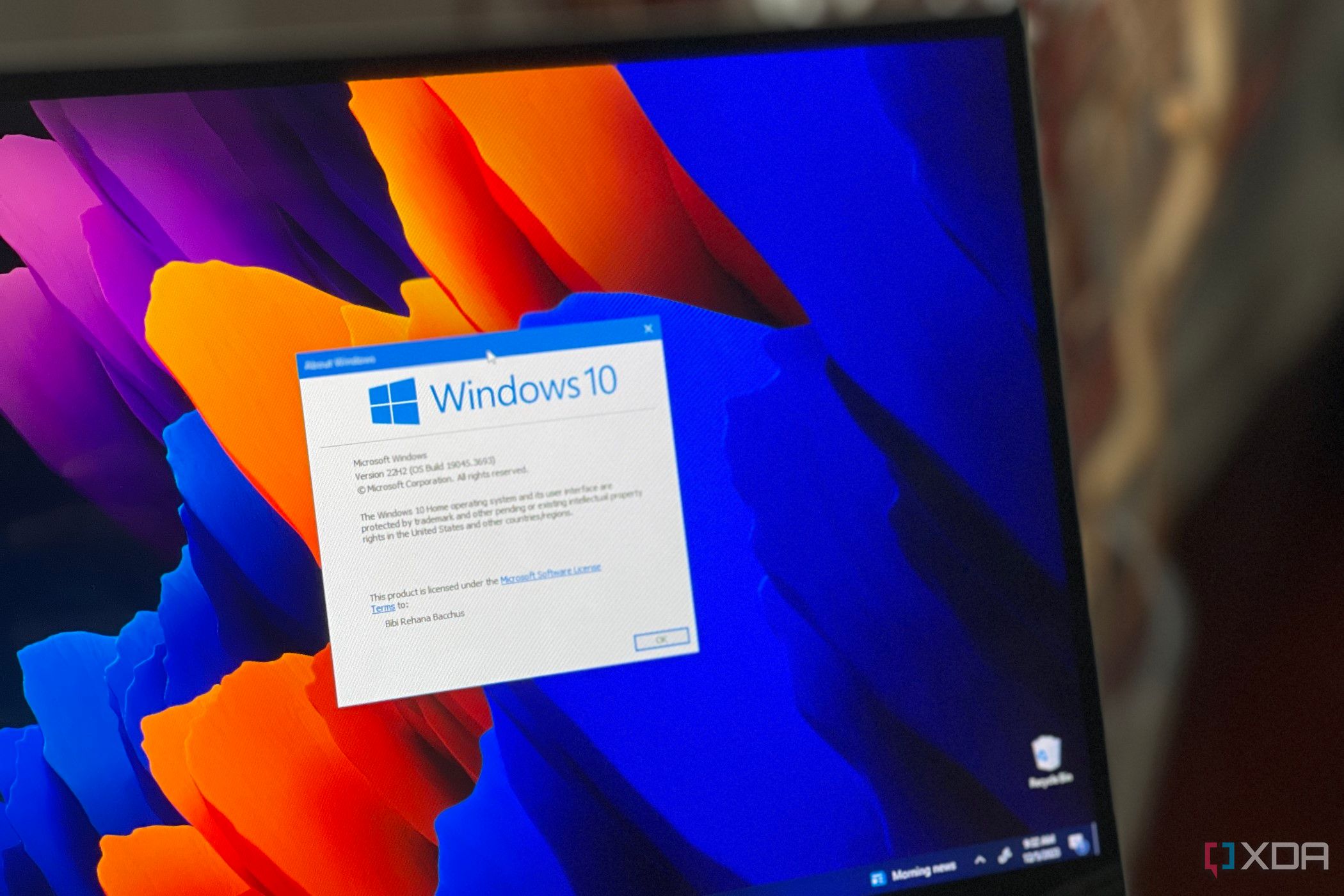Summary
- Microsoft’s latest Windows 10 update (KB5055518) appears to break Jump Lists in the Start menu, removing the ability to view recently opened files when right-clicking app icons.
- Users have confirmed that the issue wasn’t present before the patch, and that their system settings still have the feature enabled.
- The Jump Lists still work just fine on pinned taskbar apps.
Instead of actually making Windows 11 worthwhile by adding features and resolving bugs that would convince a Windows 10 user to willingly upgrade, Microsoft takes a somewhat interesting approach. They quietly break Windows 10 features that people like, thinking that would finally convince users to take the plunge.
For instance, they recently removed the clock from Windows 10 just last week, only to reintroduce it in Windows 11. Now, the Start menu’s jump lists have just disappeared with Windows 10’s latest update.

Related
7 things you can do with your old Windows 10 PC instead of trading it in
End of life? Not quite
As spotted by Windows Latest, the most recent Windows 10 security patch, KB5055518, breaks the Start menu jump lists. If you aren’t aware, Jump Lists simply refer to the pop-up context menus that appear when you right-click an app icon on the Start menu or the pinned apps in the taskbar.
Jump Lists tend to show program-specific tasks and functions, in addition to quick access to recently opened or frequently accessed documents. Windows Latest, along with users on Microsoft’s own community forums and Reddit, mention that Jump Lists no longer show the Recent header.
Users have confirmed that recently opened files worked just fine before the security patch was installed, and that when they head to Settings > Personalize > Start, the toggle next to Show recently opened items in Jump Lists on Start and Taskbar is enabled.
While a lot of users have reported that this feature is broken for them, Microsoft didn’t mention it in the changelog of the KB5055518 patch. Jump Lists seem to be functioning fine for pinned apps in the taskbar and are only broken in the Start menu.
Regardless, the feature is certainly one that users like, and it helps save time jumping to and from File Explorer to locate specific files. However, given Microsoft’s history of removing truly useful features from Windows 10, it does seem like this is an intentional change, and yet another desperate attempt to push users to upgrade before Windows 10 support officially ends.











